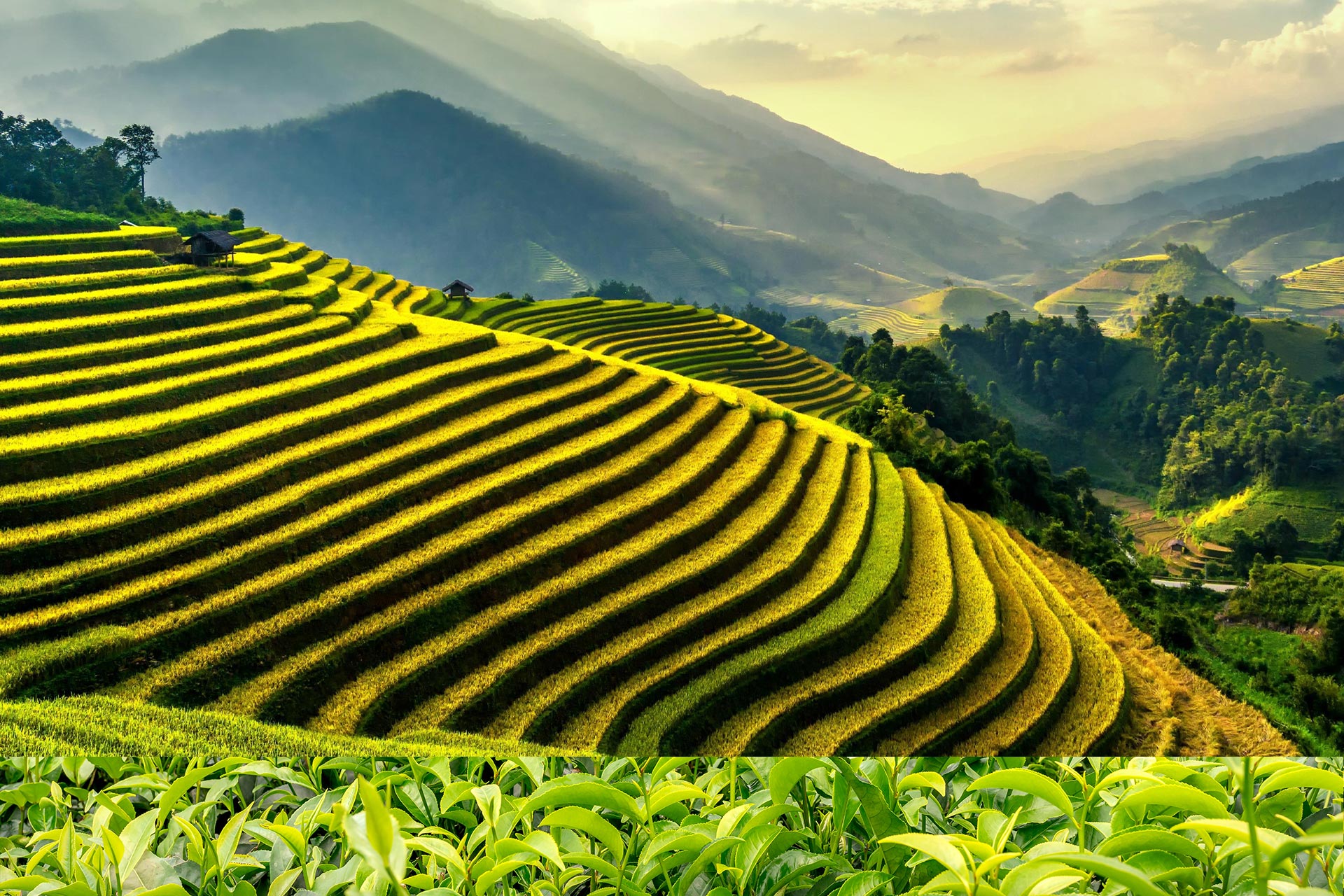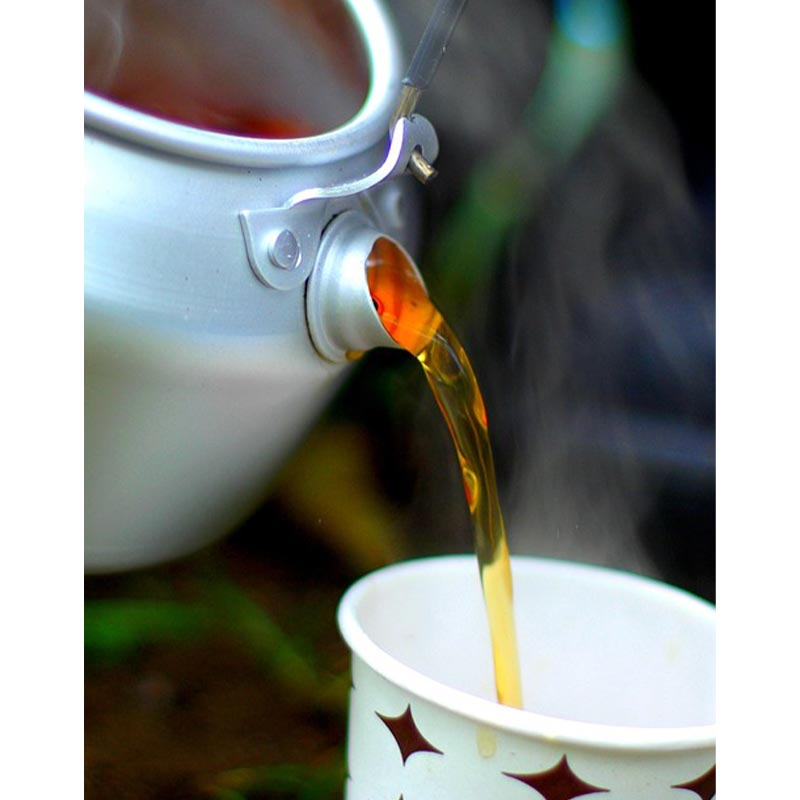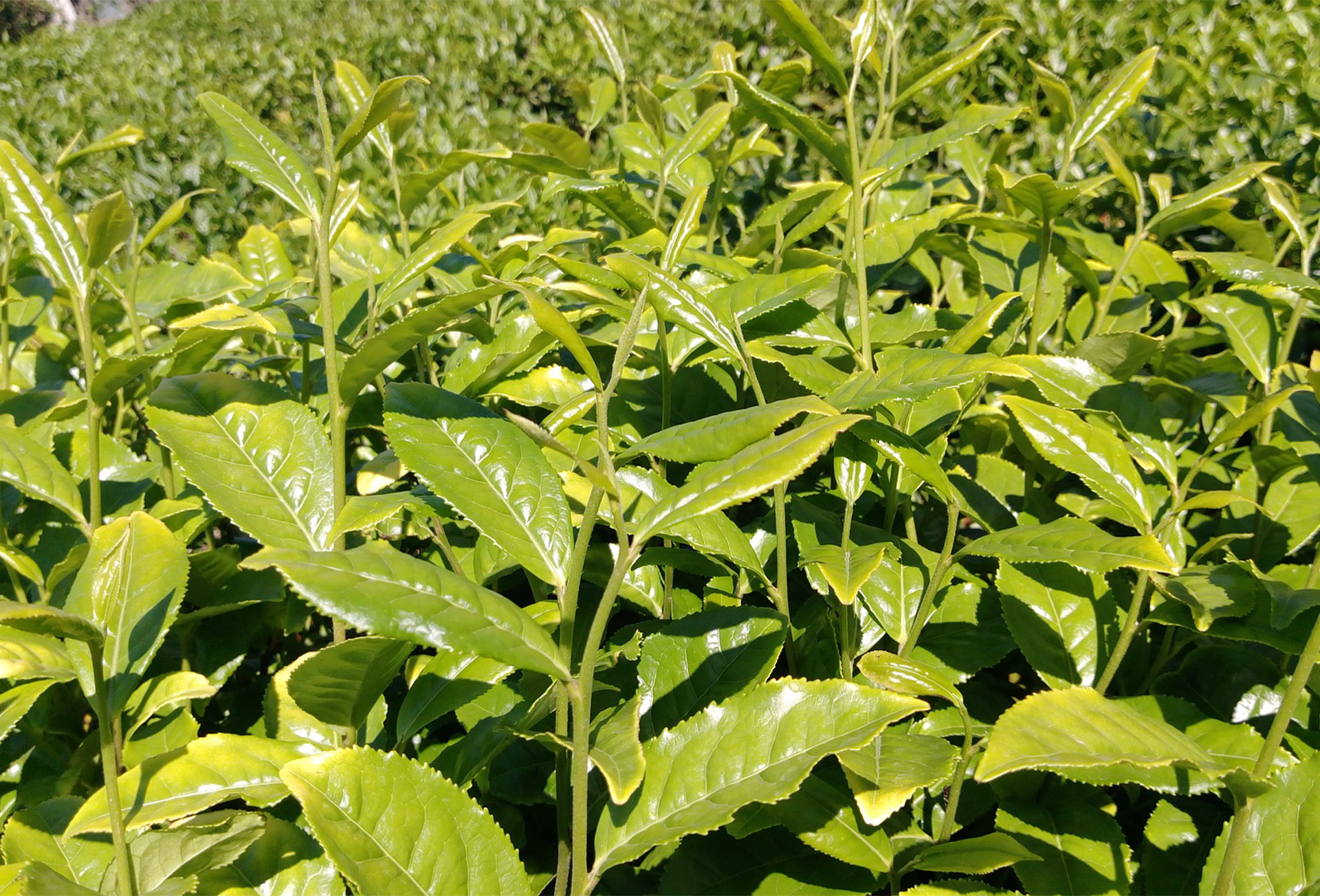
About Tea

About Tea
The History of Tea
TEA, whose scientific name is ‘Camellia Sinensis’, is believed to have originated in China with a credible record from the 3rd century AD of tea drinking in a medical text. It first became known to the Western civilization in the 16th Century and became popular in Britain during the 17th Century. The British introduced Tea production, as well as Tea consumption, to most of their colonies to compete with the Chinese monopoly on Tea.
About Tea in Kenya
Tea was first introduced in Kenya ( a British Colony) in 1903 by GWL Caine and was planted in present-day Limuru. Commercialization of tea started in 1924 by Malcolm F. Bell, who was sent out by Brooke Bonds to start the first commercial estates. Since then the nation has become a major producer of black tea.
Tea growing in Kenya is centered around two regions namely:
i, Highlands West of the Rift Valley around the Nandi Hills that include the counties of Kericho, Bomet, Kisii, Uasin Gishu and Nandi
ii, Central Highlands around the Aberdare ranges and Mt. Kenya that include the counties of Kiambu, Murang’a, Kirinyaga, Nyeri, Nyandarua and Meru.
Sitting along the Equator, these regions are endowed with a cool, mild climate, volcanic soils and rainfall that is distributed in two rainy seasons each year to provide the ideal weather for growing TEA.
With over 50 varieties of TEA developed in Kenya, no chemicals are used in its cultivation and only fertilizers are added to the soils to replenish the nutrients.
TEA in Kenya is mostly picked by hand though multinational plantations have employed the use of mechanical plucking machines.
Much of the tea grown in Kenya is processed using the crush, tear, curl (CTC) method, making it suitable for use in blends popular in most black-tea markets, including India, Britain and North America. CTC tea has a homogeneous taste and a strong generic, bold "tea" flavor and is the base of most Indian tea blends as well as a significant portion of breakfast teas.
TEA in Kenya is graded into two major grades:
1. Primary Grades namely
1.1. Brocken Pekoe 1 (BP1)
1.2. Pekoe Fannings 1 (PF1)
1.3. Pekoe Dust (PD)
1.4. Dust 1 (D1)
2. Secondary Grades namely:
2.1. Fannings 1 (Fng1)
2.2. Brocken Pekoe 2 (BP2 / BP)
2.3. Pekoe Fannings 2 (PF2 / PF)
2.4. Dust 2 (D2)
2.5. BMF
In the year 2020, Kenya produced over 550 million kilograms of Black TEA ranking it amongst the highest TEA exporting countries in the world in both volume and value.
Kenya has embarked on the production of specialty TEA with the following TEAS now readily available in the country.

Something Short on Tea
TEA in Kenya is mostly picked by hand though multinational plantations have employed the use of mechanical plucking machines. Much of the tea grown in Kenya is processed using the crush, tear, curl (CTC) method, making it suitable for use in blends popular in most black-tea markets, including India, Britain and North America. CTC tea has a homogeneous taste and a strong generic, bold "tea" flavor and is the base of most Indian tea blends as well as a significant portion of breakfast teas.


